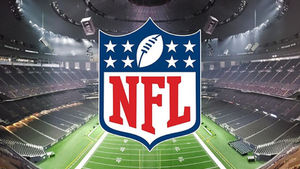Statspeak
Statspeak

Welcome to Statspeak!
Exploring our world through a statistical lens
Our Services
We offer services in predictive analytics, customer insights, and targeted marketing.
I will leverage the power of data science and/or AI to solve the challenges faced by your company.
Tier 1
Tier 2
Tier 3
We will provide your company with a detailed, step by step plan on how to implement/solve the challenge you face, ensuring you have the tools and knowledge to succeed. This plan will be actionable but leave the implementation process in your hands, empowering your team to execute this.
Cost - $500 dollars
We will completely implement the detailed plan for your company. I will be guided by a team of experts that includes professionals in academia and industry.
Cost - $100/hour
Beyond implementation, we will also provide predictive models tailored to your industry or challenge, custom tools for ongoing monitoring, and in-depth strategy sessions with stakeholders to align long term goals. I will be guided by a team of experts that includes professionals in academia and industry. For a sample of the quality of my work you can explore my Chicago Transportation project on this site where I analyzed real ridership and mobility data to uncover insights that local agencies used to improve transit across the region.
Cost - $150/hour













